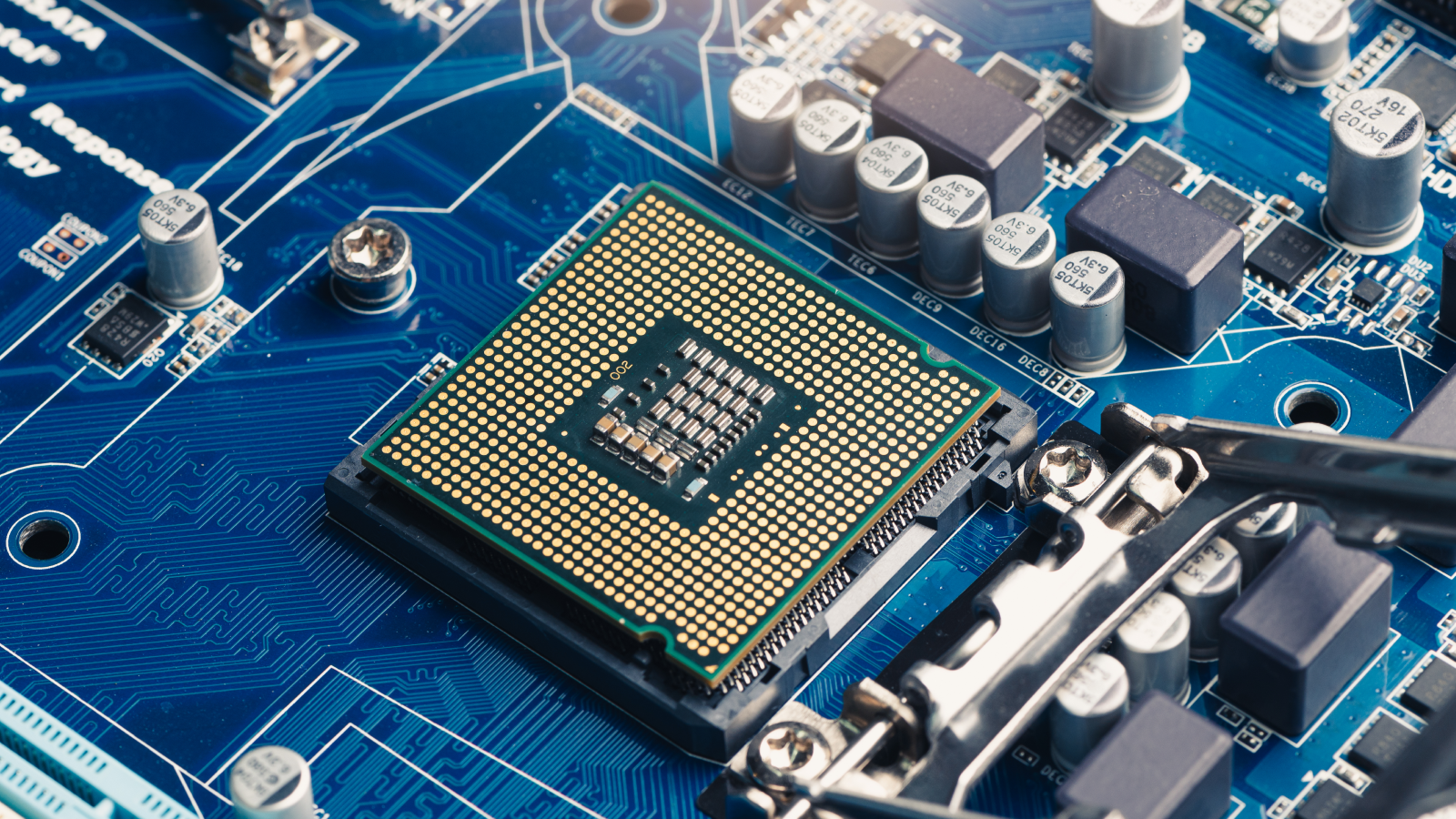“The new device is built from arrays of resistive random-access memory (RRAM) cells… The team was able to combine the speed of analog computation with the accuracy normally associated with digital processing. Crucially, the chip was manufactured using a commercial production process, meaning it could potentially be mass-produced.”
Article is based on this paper: https://www.nature.com/articles/s41928-025-01477-0



Here’s a Veritasium video from 3 years ago about an American company making analog chips, explaining why they are so much more efficient in certain tasks. https://youtu.be/GVsUOuSjvcg
It is not an incremental improvement because it’s a radically different approach. This is not like making a new CPU architecture or adding more IPC, it’s doing computation in a whole different way, that is closer to a physical model using springs/gravity/gears/whatever to model something like the Antikythera mechanism or those water-based financial models than any digital computer.
Also, uncritically dismissing anything coming from China as a scam is not being resistant to Chinese propaganda, it’s just falling for the US’.
Yep! It’s a modal difference. Analogous to dismissing SSDs as a replacement for HDDs. HDDs get incrementally better as they improve their density capabilities. SSDs, meanwhile, came along and provided a “1000x” gain in speed. Let me tell folks here: that was MAGICAL. The future had arrived, at tremendous initial cost mind you, but it’s now the mainstream standard.
(Funny thing about HDDs — they’re serving a new niche in modern times. Ultra high densities have unlocked tremendously cheap bulk storage. Need to store an exabyte somewhere? Or need to read some data but don’t mind waiting a couple minutes/hours? SMR drives got ya covered. That’s the backbone of the cloud in 2025 with data storage exploding year over year.)